I ended a 35-year-long relationship today. Bartlesville’s cable utility provided me with television service for almost 20 years from August 1989 to January 2008, back when it was Donrey Cablevision and later CableOne. Then I cut the television service, but I kept using the coaxial cable since in December 2004 I had switched from a Digital Subscriber Line from AT&T to a cable modem for internet service. So I had a Bartlesville cable account from August 1989 to April 2024.
Bartlesville in the 1970s was where and when I first saw cable television. My parents and I would visit Frank and Alice Rice just down the street from Sooner High. Frank proudly demonstrated how they had many channels, including one with local weather and news, while in Oklahoma City at the time we only had a handful of broadcast television channels. He mentioned that there was a television studio downtown, and I eventually realized there had been one in the school district media center, part of the building where I was working 40 years later, although by my time there, the TV studio was long gone. As a kid, I thought Bartlesville was a pretty progressive place!
I was in junior high when houses in our OKC neighborhood began sprouting little microwave antennas for the Home Box Office pay television service. My parents weren’t big movie watchers, so they wouldn’t splurge for that, but in 1980, cable television finally launched in the capital city. I convinced them to get it, and that is how I got to watch MTV music television in high school on my 13″ color Zenith television in my bedroom. Yes, I know that my habit of specifying that it was a color set reveals my age; until 1973 or so, we only had black-and-white televisions in our home.
When I moved to Bartlesville in August 1989, I promptly signed up for cable TV service for my apartment at The Village. It cost $15 per month at the time, which would be equivalent to $38 in 2024. When I moved in August 1990 to a rent house, I shifted my cable service and during the four years I lived there the cost gradually increased from $16.45 to $19.95.
The cost of basic cable kept gradually increasing, even after adjusting for inflation. By 2005, it had increased 50% above the inflation rate. Meanwhile, in 2001 I stopped using a 56K modem for dialup internet access by adding a Digital Subscriber Line from AT&T to my landline telephone service. Later the cable company started offering faster internet service, so in 2005 my cable bill exploded as I added internet service on top of basic cable.
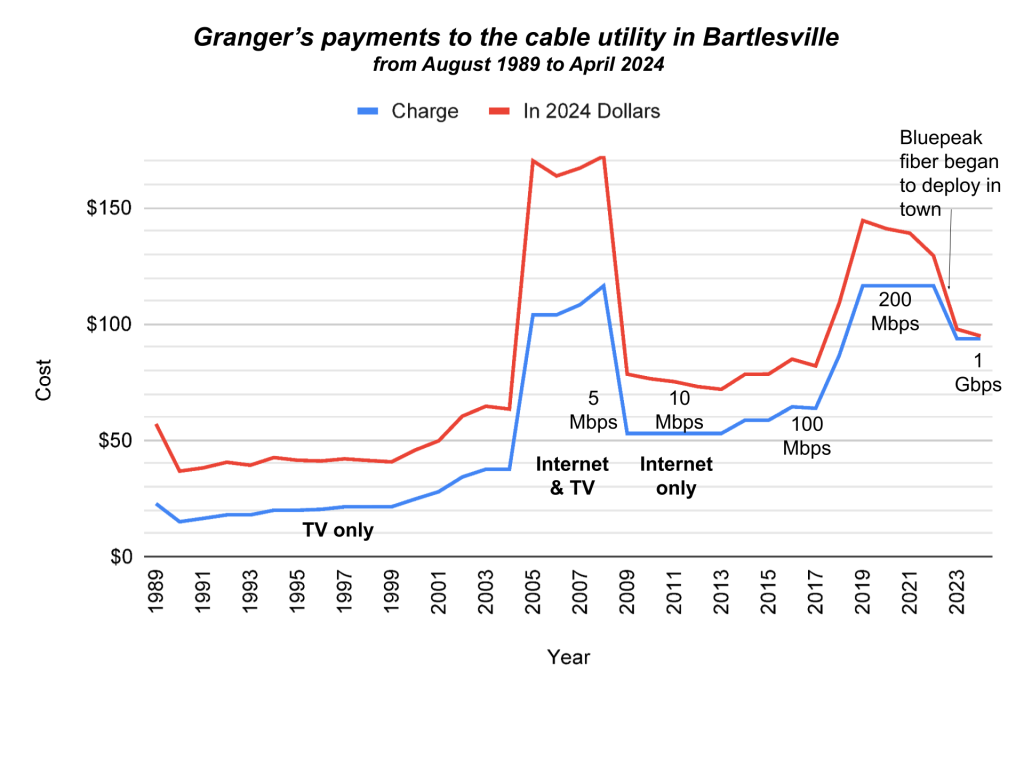
In 2008 I ditched the basic cable television service, which slashed my bill by more than half. At that point, the cable modem service was 5 Mbps, or 200 times slower than what it would deliver by 2022, but at least 5 Mbps was 17 times faster than my 300 baud modem in the early 1980s.
In 2011, I was annoyed to discover that CableOne had been offering 10 Mbps service for the same price as my legacy 5 Mbps for some time without telling me. They only upgraded my service when I called about it. That predatory behavior, similar to how AT&T long mistreated its customers, left a sour taste.
However, the delivered internet speed later increased by a factor of 10 to 100 Mbps with only minor cost increases after adjusting for inflation. In late 2017 I opted to upgrade to 200 Mbps service, which was an 80% cost increase. By then, Wendy and I were married, and we were both relying on the internet for much of our entertainment.
The pricing on my internet service remained stable for four years, even as CableOne rebranded as Sparklight. But in 2022, when Bluepeak began deploying a fiber optic internet service in town, that competitive pressure led Sparklight to offer 1 Gbps service for only 2/3 of what it had been charging for 200 Mbps service.
I upgraded, but the handwriting was on the wall. As soon as Bluepeak reached our neighborhood, I had them install a fiber optic line.
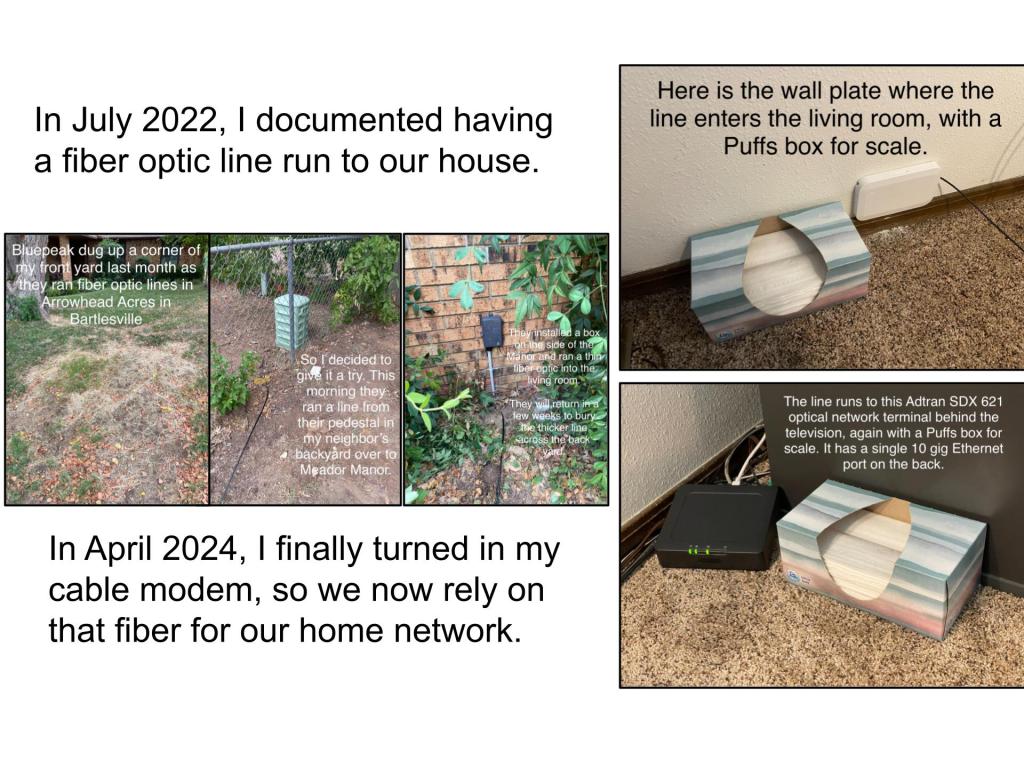
That has cost $60/month for 1 Gbps service since July 2022. I kept the cable modem operating since Bluepeak had some hours-long outages early on with little or no notice. I had reckoned they would have some hiccups as they built out their network. There were a few times either Bluepeak’s fiber or Sparklight’s coaxial cable would stop working, and I simply switched which one was feeding into the Eero mesh system that came with my Bluepeak service.
In recent months Bluepeak has been sending me a text each time service was interrupted and later restored, and we had relied on it exclusively for several months with no major issues. So I finally felt comfortable terminating Sparklight’s 1 Gbps cable modem service, which was costing me $94 per month.
Overall, I spent over $23,000 on cable services over the past 35 years, or almost $34,000 in 2024 dollars after adjusting for inflation. That averages out to $81 per month in 2024 dollars. I’ll enjoy seeing what I pay for home internet service drop from $154/month to $60/month.
Then again, we’re also paying for two iPhones and an Apple Watch, which each have cellular service…but how my phone services evolved is thankfully beyond the scope of this post!
JULY 30, 2024 UPDATE
Well, that experiment didn’t work out! This morning our Bluepeak fiber service has been down for hours, and we’ve have multiple long outages since I canceled the backup Sparklight service. So today I’m heading to Sparklight to sign back up for their 1 Gbps download/50 Mbps upload service. I plan to configure our Eero router from Bluepeak to switch to the cable modem’s Wi-Fi signal whenever Bluepeak is down.
I hope to end up paying a bit less for Sparklight each month than I was previously. They, like fellow rapacious companies (lookin’ at you, AT&T), are content to leave faithful customers on outdated legacy plans that are more expensive and/or offer less bandwidth. Their current plan is better than what I was on previously, which I’m certain is due to the competition from Bluepeak.


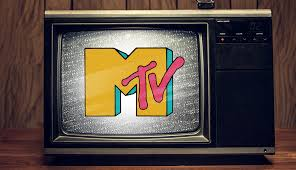
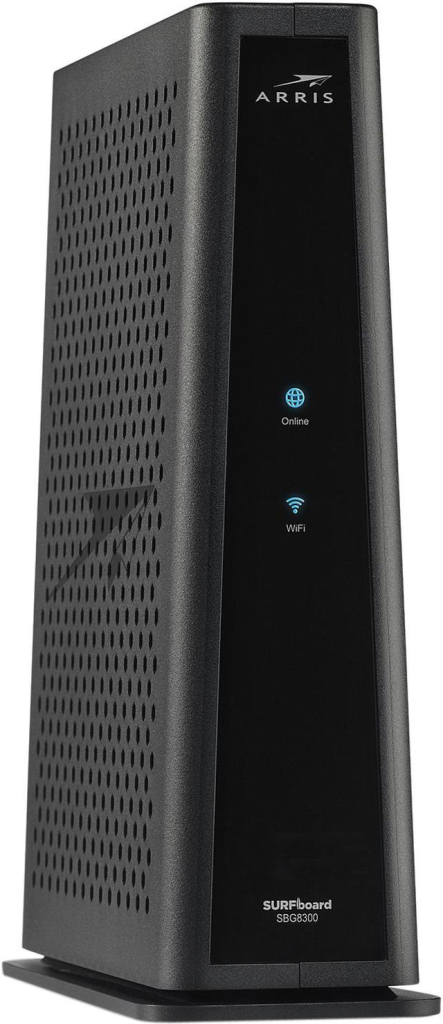
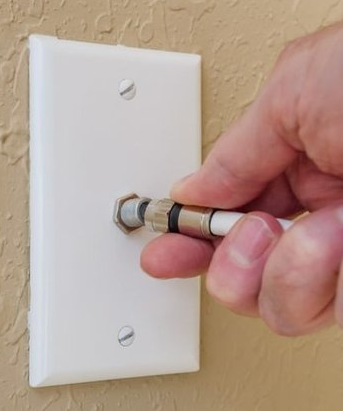
















I seriously enjoy your emails. Thank you!
Debbie Neece – Collections Manager Bartlesville Area History Museum 401 S. Johnstone Avenue Bartlesville, OK 74003 (o) 918-338-4292 (c) 918-914-0994
Please Note: I will be retiring April 26. After that time, my email will be DKNeece22@gmail.com and my cell phone will remain the same.